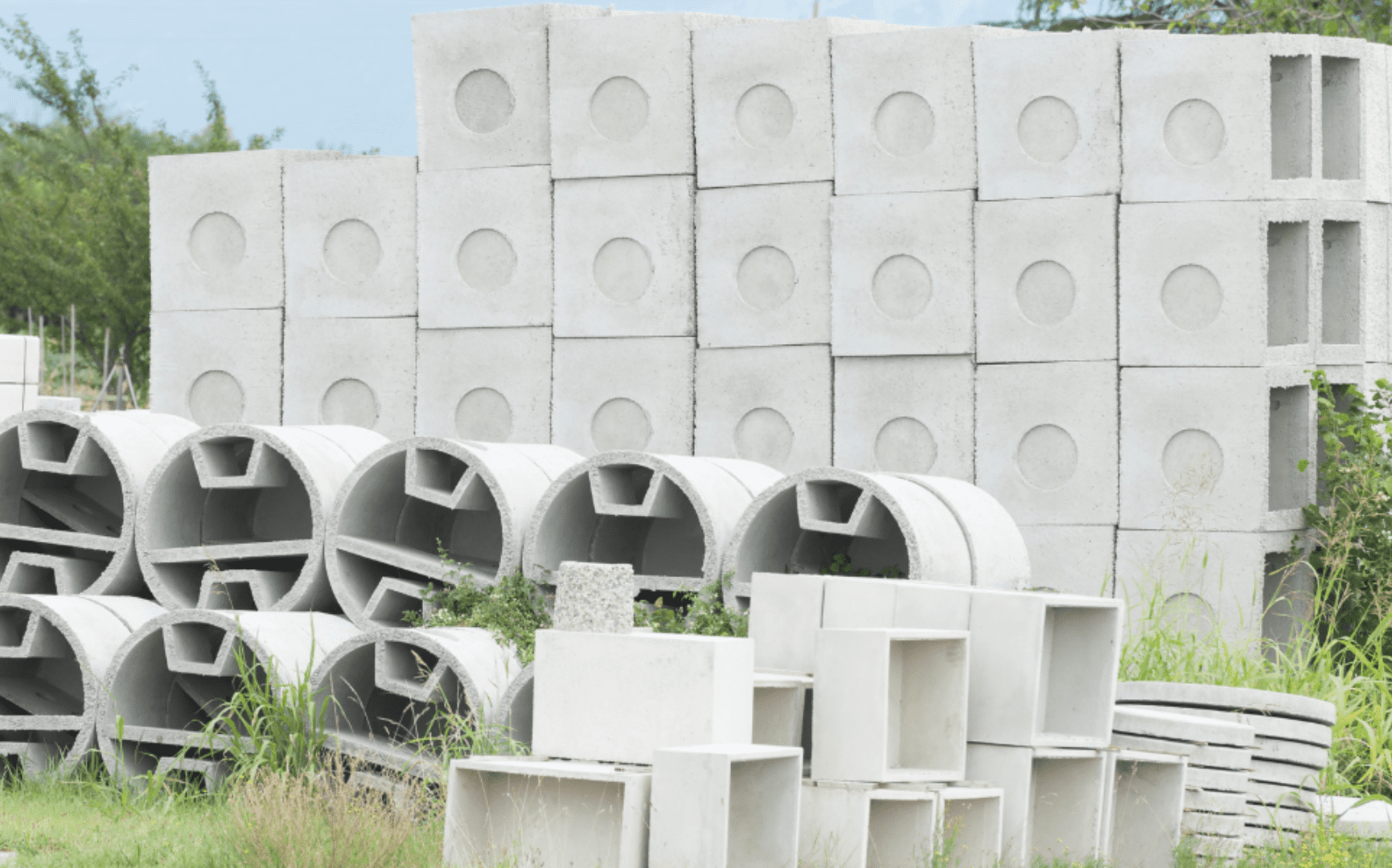
The Connection: April 2025 Issue #79
The Midwest has long been a symbol of American manufacturing prowess. Cities like Detroit and Indianapolis are woven into the fabric of industrial history, yet many prefabrication manufacturers operating in these regions are clinging to legacy practices that are quietly killing profit margins.
With modular and industrialized construction gaining traction, the companies that will survive and thrive are not the ones producing more but the ones producing smarter.
Operational efficiency is the most direct and dependable path to margin growth in the prefabrication space. While many manufacturers invest in technology or expansion, the real returns lie in refining the processes that already exist on the factory floor.
Why Efficiency, Not Volume, Is the Real Profit Lever?
Prefabrication should lend itself to efficiency. It offers a controlled environment, repeatable tasks, and scalable systems. Yet inefficiencies persist from redundant workflows and inconsistent labour practices to poor space utilisation and underleveraged data.
Many modular construction companies in Detroit and Indianapolis measure success by the number of units they push through the line. But volume alone doesn’t drive profit. Scaling a flawed process only magnifies the inefficiencies.
Operational efficiency, on the other hand, tightens every bolt in the production system. When processes are lean and workflows seamless, margins improve even without increasing output.
Lean Manufacturing: A Missed Opportunity
Lean manufacturing has existed for decades, yet it remains underused or misunderstood in many prefab operations.
- In Detroit, where traditional automotive production philosophies still linger, lean is often reduced to inventory control or cost-cutting.
- In Indianapolis, many factories still rely on outdated layouts and siloed communication channels that slow production.
Lean is not about doing the same things with fewer people, it’s about removing every non-value-adding activity from the production chain. For prefab, this could mean reorganising work cells to reduce motion, streamlining how materials are staged, or cross-training workers to reduce reliance on specialised roles that bottleneck the line. When done right, Lean transforms a chaotic operation into a high-margin engine.
1. Rethinking Performance Metrics
One of the most common traps in prefabrication manufacturing is tracking the wrong metrics. Managers often zero in on cost per module or overall throughput, assuming these numbers reflect profitability. But these metrics miss the operational blind spots where profit is quietly slipping away.
2. Automation is Not a Cure-All
Automation is often treated as a silver bullet for productivity. However, many prefab manufacturers in Michigan and Indiana invest in automation without first fixing their foundational processes. Manufacturers must ensure their processes are repeatable and optimized before implementing robotics, AI scheduling tools, or smart sensors.
3. Supply Chain as a Strategic Asset
Too many prefabrication manufacturers treat suppliers as a necessary evil rather than a strategic asset. Long lead times add to major costs, especially when just-in-time systems falter. Instead, modular construction companies in Detroit and Indianapolis should build closer relationships with key suppliers. It increases reliability and lowers holding costs.
Eliminating Waste at Every Level
Manufacturing waste is not just material scraps. In many prefab factories, waste is hiding in plain sight in the extra steps to retrieve tools, in the delays between tasks, and in the repeated need for clarification on specs.
Reducing operational costs starts by identifying and eliminating these small inefficiencies. Regular audits, time-motion studies, and worker feedback loops can surface these issues before they become profit leaks.
The Path Forward: Discipline Over Disruption
Prefabrication manufacturers in Detroit and Indianapolis don’t need to reinvent themselves with radical changes. What they need is operational discipline. Successful companies will embrace the less glamorous work of continuous improvement, measurement, and execution.
True innovation in this space doesn’t mean doing something entirely new. It means doing what already works better, faster, and more consistently. Every hour saved on the factory floor, every mistake avoided, every module delivered on time and on budget, these wins add up to double-digit margin growth.
Conclusion
For prefabrication manufacturers in Detroit and Indianapolis, the answer to profit margin pressure isn’t new markets or bigger factories. It’s process optimization, lean execution, smart supply chain partnerships, and relentless attention to operational detail. Operational efficiency is the future of manufacturing. Those who master it will not only survive the next decade of industrial transformation but also lead it.




